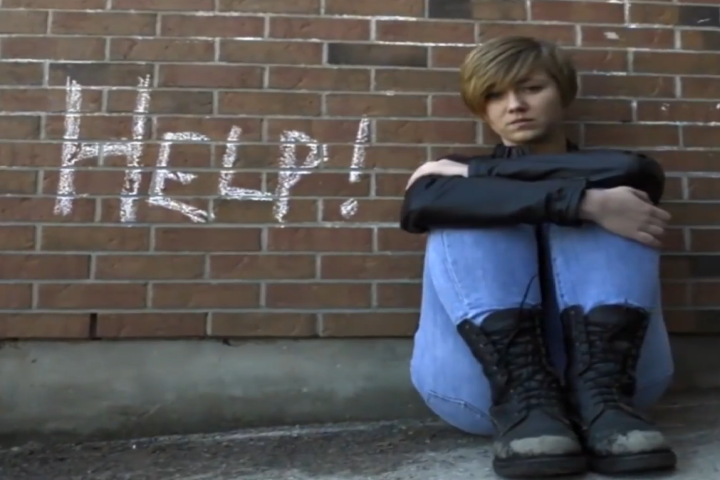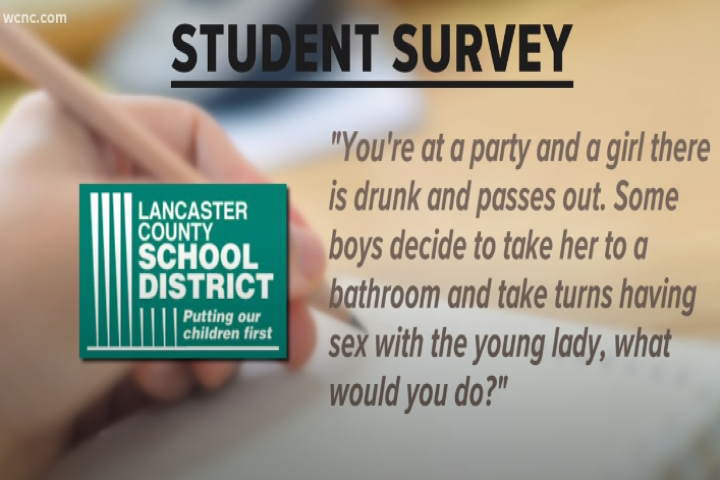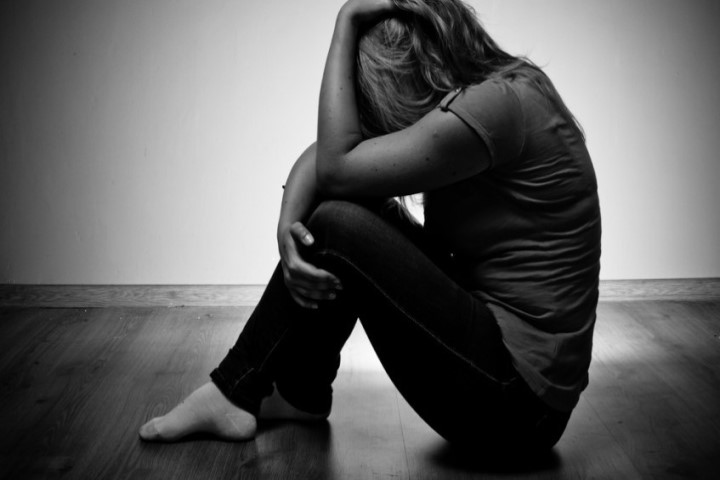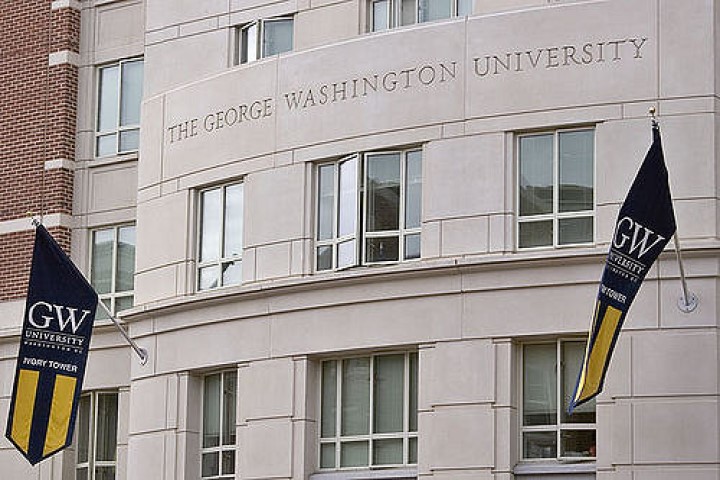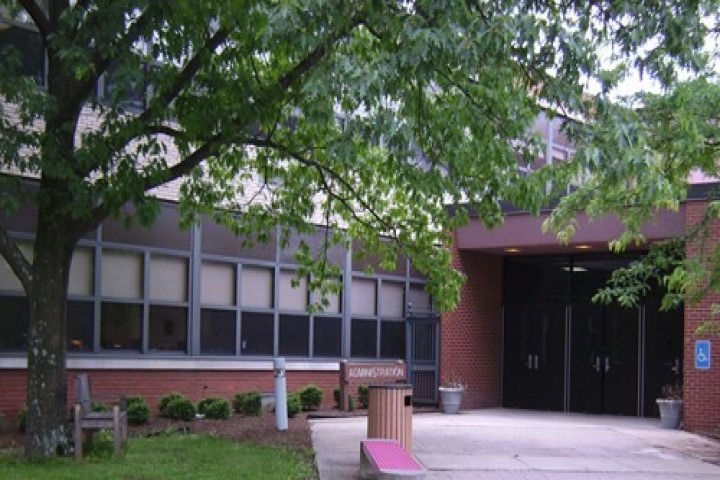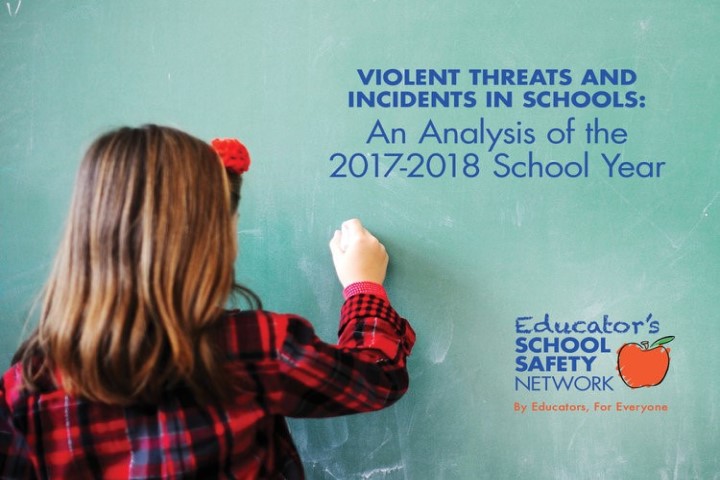Like every pairing, the teacher-principal relationship includes tension. And according a recent survey by the Education Week Research Center, that discord is overwhelmingly based on one main issue: how discipline is handled within the school. 54 percent of teachers and 24 percent of principals cited student discipline as the major source of friction.
Principals have faced pressure from outside of the school—from both state and federal authorities—to reduce suspensions and expulsions. Meanwhile, teachers who are required to meet educational testing standards often struggle with the distraction that behavioral issues represent. Handling an unruly student without principal support can mean lost instructional time.
The tension can be exacerbated by the adoption of new policies without adequate teacher training. Lack of communication about who will be handling what—and what the consequences of misbehavior will be—can leave teachers feeling unclear on their recourse for student infractions. According to Education Week, strengthening that communication and, more generally, the relationships between school leadership, teachers, and parents, could go a long way to ease some of the tension revealed by the survey.
Many teachers cite tardiness and skipped classes as some of the big problems they face. And those are real challenges, as being present in class is necessary to mastering material and proving that mastery on a test.
But these aren’t the only issues teachers mention as problematic. They’re bothered by dress code violations, incessant arguing, being sworn at. Teacher objections to this kind of disrespect reflects an expectation that at least accompanies—if not exceeds—the desire that classroom culture be conducive to achievement.
“School is not just about education; we want them to be caring, responsible adults one day, citizens who respect people just because they’re people,” said Amanda Johns, who teaches fourth grade at Kennedy Elementary in Manistee, Michigan. “It’s about the common good. How does it impact the common good when a kid can get away with saying ‘you’re an idiot’ or ‘you’re so stupid’?”
Like Johns, most adults share a standard of not only academic success but personal conduct. Another term for that standard of conduct—one that respects others and upholds the common good— is “character.”
Judith Kafka, a professor of education policy and history at the City University of New York, told Education Week that discipline will be an issue to grapple with at every kind of school in every era. Even in the 1950s, she said, journalists were reporting a crisis of discipline.
Kafka added that “it may help to remember that discipline isn’t an extra thing schools have to deal with that gets in the way of teaching core subjects. Discipline is a core subject.”
This thinking—discipline as a core subject—may sound radical to overloaded educators, but it has the power to transform school culture. Rather than see discipline as a distraction to learning, educators might view a well-structured discipline process as intrinsic to the nurture of successful students—as important as math or history class. As veteran superintendent CultureFeed contributor Angus McBeath would frequently tell teachers, character formation isn’t in addition to the work; it is the work.
If discipline is concerned with how to respond to wrongdoing, character formation is its complement—focused on teaching students to do right. Teachers and principals can reduce the need for discipline by intentionally shaping character—explicitly teaching it, carefully modeling it, and seeking ways for students to practice it. Perhaps, with this common goal in mind, relationships between teachers and principals may even be strengthened and smoothed.

